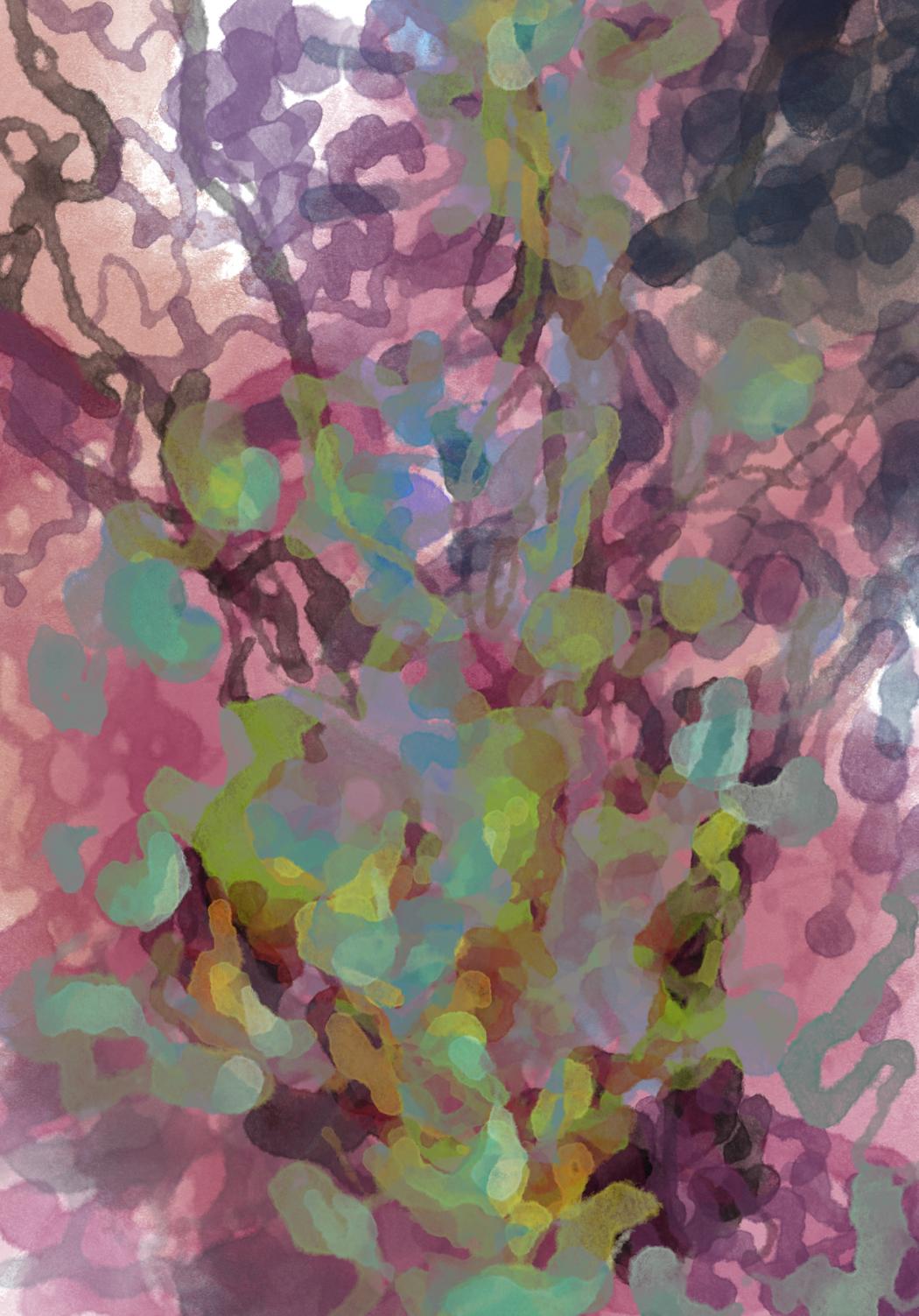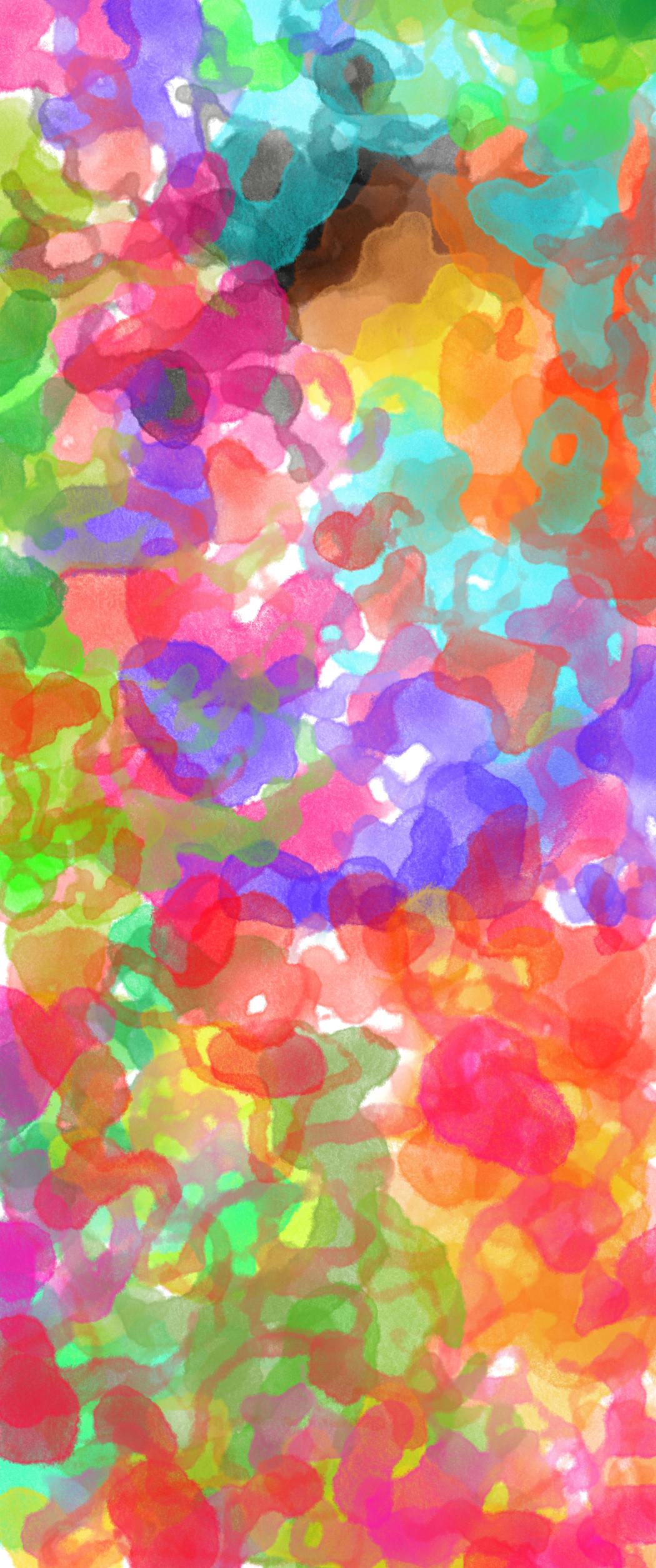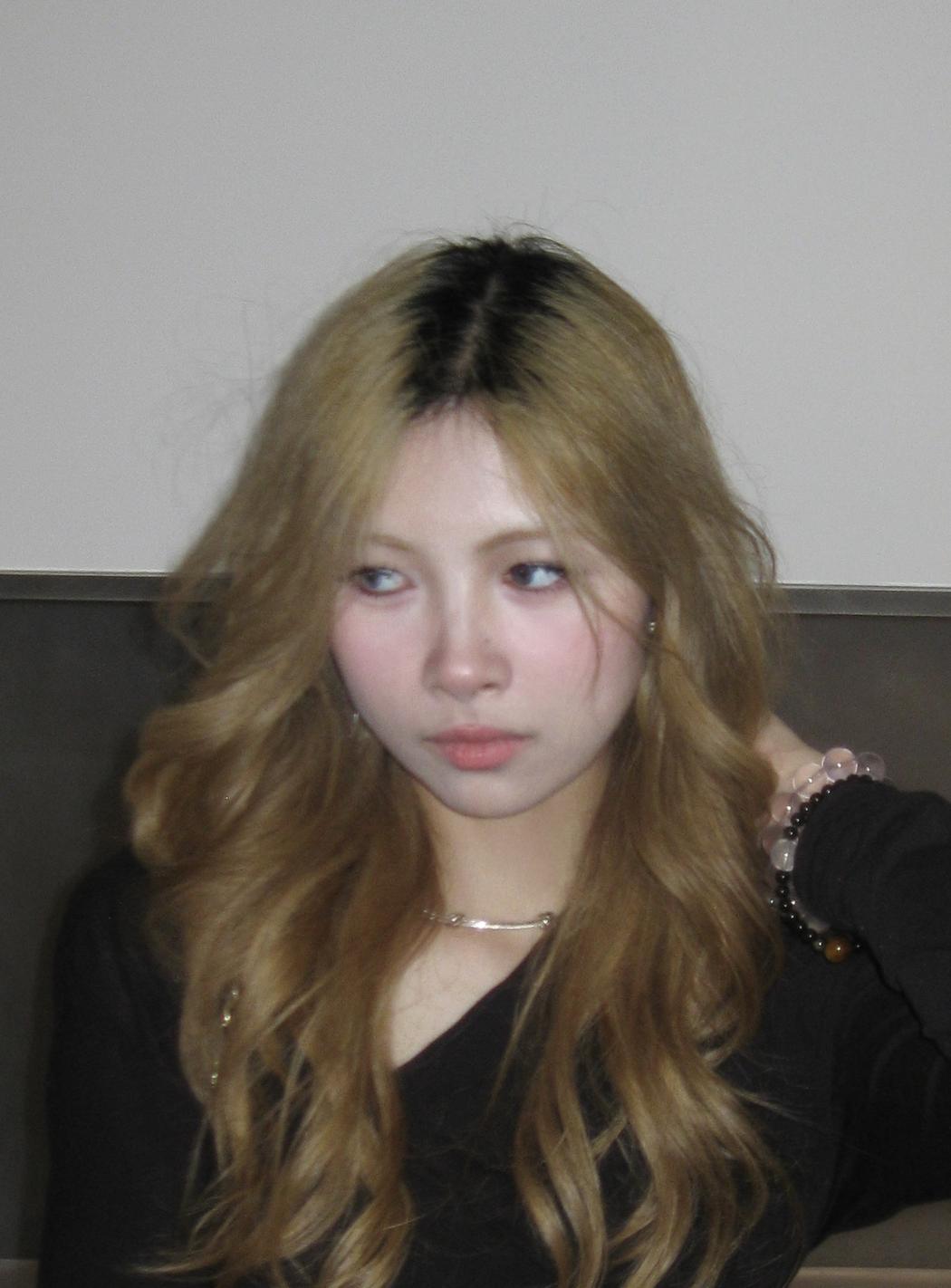Yan Huo
Where do you live: New York
Your education: Master’s degree in Architecture
Describe your art in three words: Spontaneous · Random · Spatial · Colorful
Your discipline: Painting and Spatial/Architectural Exploration
Instagram | Instagram
Your background in architecture clearly informs your artistic vision. How do spatial thinking and design principles translate into your approach to painting?
I have twelve years of art training, so I have been passionate about color from a very young age. Even in my free time, I enjoy exploring color and different visual expressions. A sense of space can appear on a flat surface—it can evolve into a two-dimensional composition or suggest three-dimensional depth. For me, different colors can serve as a medium to express the folding of space and the immovable, almost like a tangible form of spatial experience.
What first inspired you to explore color as a primary medium of expression, apart from architectural form?
I have always been very sensitive to color. In architecture, however, color is rarely the main focus—the discipline is largely functional. Painting, by contrast, allows me to use color as a vehicle for emotion. Through color, I can express the subjective, emotional aspects of experience that architecture doesn’t always allow me to explore.
In your color paintings, there seems to be a flow reminiscent of light, space, and atmosphere. How do you perceive the relationship between architecture and color?
Yes, thank you for noticing. I have always been fascinated by the interplay of light and shadow, both in architecture and in painting. The sense of space is one of the most compelling qualities in visual experience. Translating that spatial sensation onto a flat surface requires tremendous effort and practice, which is why I am particularly interested in exploring how to convey a three-dimensional feeling within a two-dimensional medium.
 Yan Huo | Black | 2025
Yan Huo | Black | 2025
Could you describe your creative process when making these stream-of-consciousness color works? Do they begin with a plan or evolve intuitively?
I have struggled with this question for some time. Architecture often has very concrete forms, while human thought is inherently chaotic. In my painting, I try to return to a primordial starting point: forgetting my over ten years of art training, the outstanding works I have seen, and the influence of other artists. I try to imagine what a person might create in their most original, uninfluenced state. Many of these works are therefore created unconsciously, though they are often guided by shifts in mood and intuition.
How does your experience of living and working across different cultures—China, Europe, and the U.S.—shape your understanding of space and color?
Living and working across China, Europe, and the U.S. has deeply shaped the way I perceive space and color. Each place offers its own distinctive light, landscape, and architectural language, which in turn informs my sensitivity to spatial relationships and color dynamics. Experiencing such diverse environments allows me to weave together visual elements from different cultures into a cohesive artistic expression that reflects both memory and emotion.
 Yan Huo | Ovem | 2025
Yan Huo | Ovem | 2025
What role do emotion and memory play in your compositions?
Emotion and memory are central to my work. I often draw from personal experiences, recollections of spaces, and fleeting moments to guide the flow of color and composition. Painting becomes a way to translate the intangible—feelings, atmospheres, and memories—into visual form, allowing each piece to carry both an emotional resonance and a spatial presence.
Are there particular artists, architects, or color theorists who have influenced your exploration of color and form?
Yes. One artist who has had a profound influence on me is Caravaggio. I am deeply fascinated by his intense, almost violent spatial aesthetics—his rich, dramatic use of color and the overwhelming relationships between forms captivate me. Another master of space who greatly inspires me is Louis Kahn. His understanding and exploration of light and shadow, and the way he structures space, are truly extraordinary and have deeply informed my approach to both color and spatial composition.


Leave a Reply